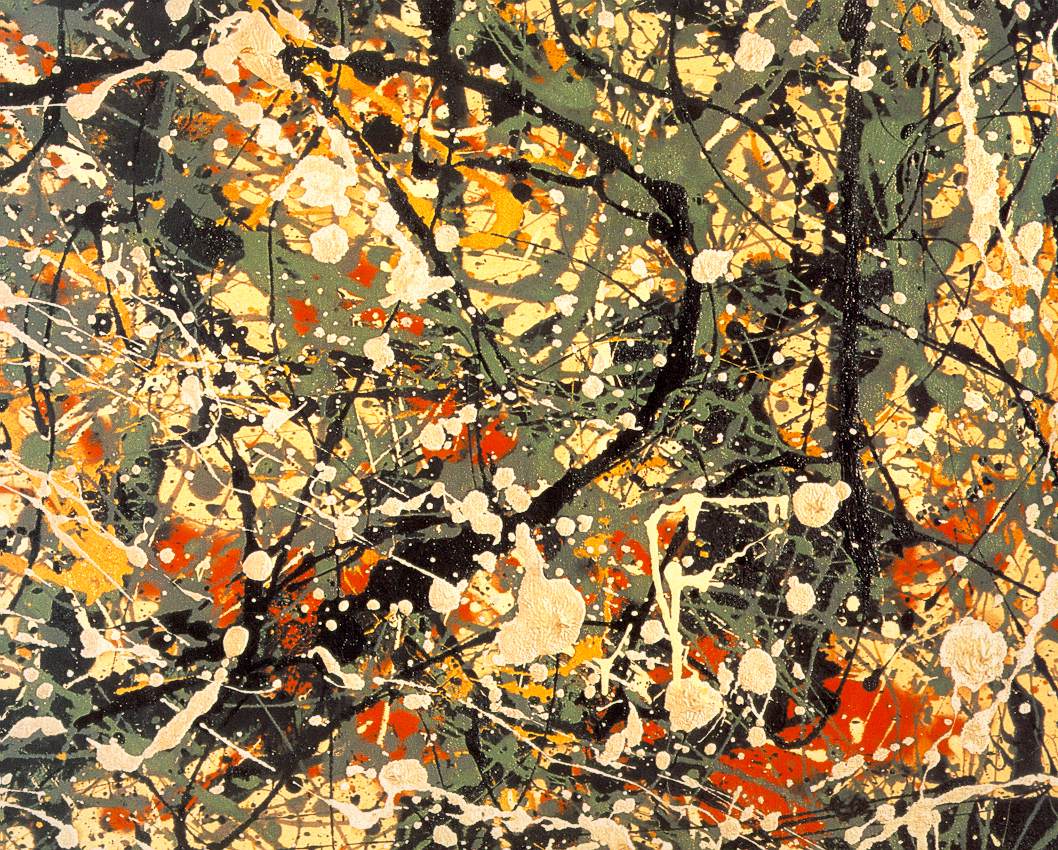So Then Order is Round, or…
The Dwindled Supposing And
disGrace
carElessness
noR
iT
moRe
box oUt
kinDness
comEs
So
Then
ordEr
Is
rouNd
imaGe
splEndor
diRty
noT
Resemblance
amUsing
siDe
thE
iS
The
dwindlEd
supposIng
aNd
For this project I made a mesostic using Gertrude Stein’s “Tender Buttons” as the source text and the author’s name as the seed text. Instead of doing it by hand, I used an online mesostic generator.
In the first stanza, the awkward syntax of the lines mirrors Stein’s language play. It starts with two negative traits, “disgrace” and “carelessness,” which seem to be magnified by “nor it more.” If one can “box out” that negativity, kindness can come in. This makes me think about Hawthorne’s The Scarlet Letter where Hester’s shame and disgrace gets her boxed out of society. Interestingly, though, The “A” boxed on her chest for all to see eventually gives her the gift of both strength and kindness.
The second stanza makes complete sense syntactically as well as poetically: “So then order is round.” Although we think of order as being a straight line, it always bends and twists, circling back on its self. This idea seems to complement Gertrude Stein’s poetic style.
The third stanza tells us that while the images we use in our poetry might seem to be full of splendor, Stein is no imagist. Instead, she recognizes that in reality the image is “dirty” and not an expression of true resemblance at all. The poem is suggesting that it is through experimental language, not some naïve goal of the exact image, that poetry can come alive.
One of the most interesting parts of the third stanza is the sixth line. Although the word chosen by the mesostic generator is “amusing,” the capitalization of the “U” (from GERTRUDE) gives the word an additional meaning: “am using.” Perhaps this is Stein speaking through the mesostic to tell us again that language gathers new meanings by sounds and space rather than mere meaning. I’m sure she’d find it “amusing” that I “am using” her sounds to generate new sounds, her language to generate new language.
The final stanza concludes with “the dwindled supposing and.” We imagine what is to come, what is to be added, but our suppositions become limited even as we try to expand them. We circle back in our round order to that initial cycle of disgrace to kindness. I love the slant-rhyme words that end the two STEIN stanzas: "round" and "and." This happy accident joins together the ends of the circle.

